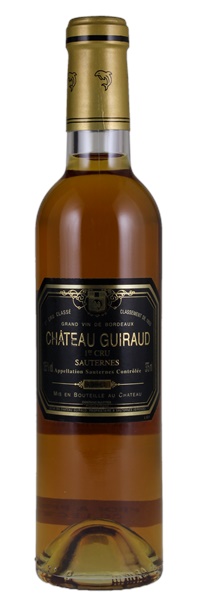ITEM 9540003 - Removed from a subterranean, temperature and humidity controlled residential cellar; Purchased upon release; Consignor is original owner

...This is very sweet and rich on the nose, with toffee, honey and spices. Full-bodied, with thick honey, spice, dried apricot and syrup flavors. Lasts for minutes on the palate. Big botrytis bomb. Love it...
No tasting note was given.
Musky aromas of exotic apricot liqueur, baking spices, toffee and smoke. Supersweet and unctuous, but with its glyceral texture cut by bright acids. The exotic apricot flavor is nicely complemented by coconut, vanilla and caramel.